Lord Edward Manners drags his Land Rover up the hill to the medieval park at Haddon Hall. The view from the top is that of a total idyll.
Down the valley is the River Wye, bustling with wild rainbow trout, and then there’s Haddon, nestled along the side.
We are here to observe the park being ‘deforested’ – or perhaps even cleared. The hedges, the old dividing lines between spaces that were once fields cultivated by tenants, are being removed to open up the landscape again.
“I don’t like the word ‘rewilding’,” says Lord Edward. “What we are doing here is restoring parks.”
It is a project that Lord Edward is particularly passionate about, but it is only part of the thirty-year restoration plan he drew up in the late 1990s.
“We are now twenty years later,” he says. “We know which parts to select in which order, and most of that we can do through cash flow.”
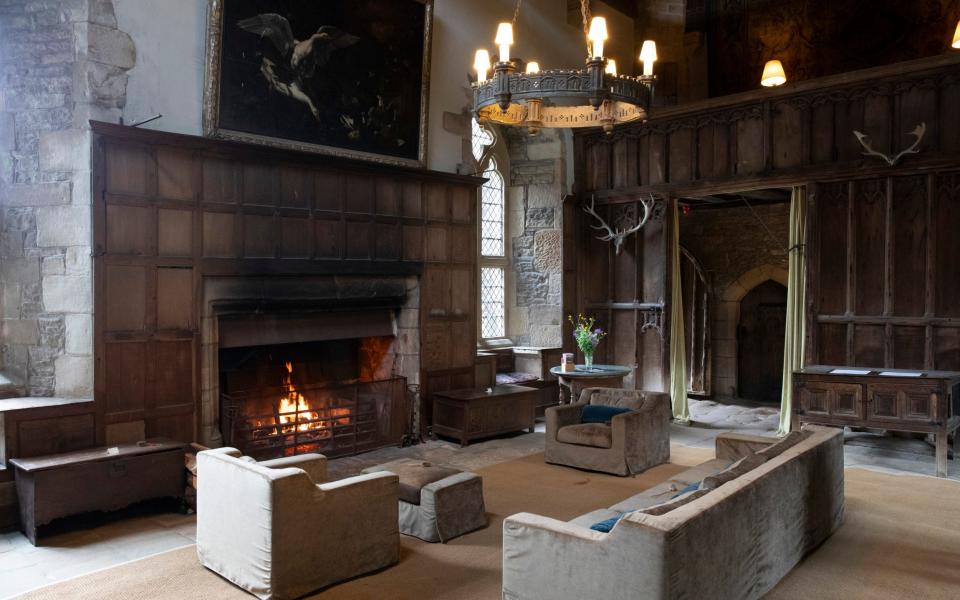

This is made possible by the popular craft markets in Haddon, and the bat viewing evenings in the 12th century chapel – as well as the Peacock in Rowsley, a hotel that Lord Edward bought a few minutes away
Open to the public from March to October, the estate has 80 homes, two quarries and 8,000 acres of riverside land in a very popular part of Derbyshire.
Because it is a real family home, Haddon provides much-needed extra warmth.
In 2013, Lord Edward married entrepreneur Gabrielle Ross, and five years later they moved to Haddon with their two children, becoming the first family to live in the house full-time since the 17th century.
His wife’s first meeting with Haddon left a lasting impression.


“Haddon,” says Lady Edward, “has a masculine and a feminine side. As you approach it via the driveway, it is large and sturdy with a defensive wall – it is quite intimidating on its stone cliff.
“But if you approach it from the other side, you see the romantic, beautiful side, sparkling where the Bombay glass catches the light. I remember being stunned by the beauty of it.”
On that first visit, she recalls, Haddon was completely asleep. “There were dust covers on all the furniture. It felt like we were walking through a fairytale castle that hadn’t woken up yet [for years].”
Haddon was not necessarily an easy house to live in. When they first came to live with their sons, the house was so “deeply cold,” says Lady Edward, that she wore a ski suit indoors.
“But it is a house you want to live in with a family,” she says – and so they had to stay there. “It needs children, it needs love, it needs energy.”
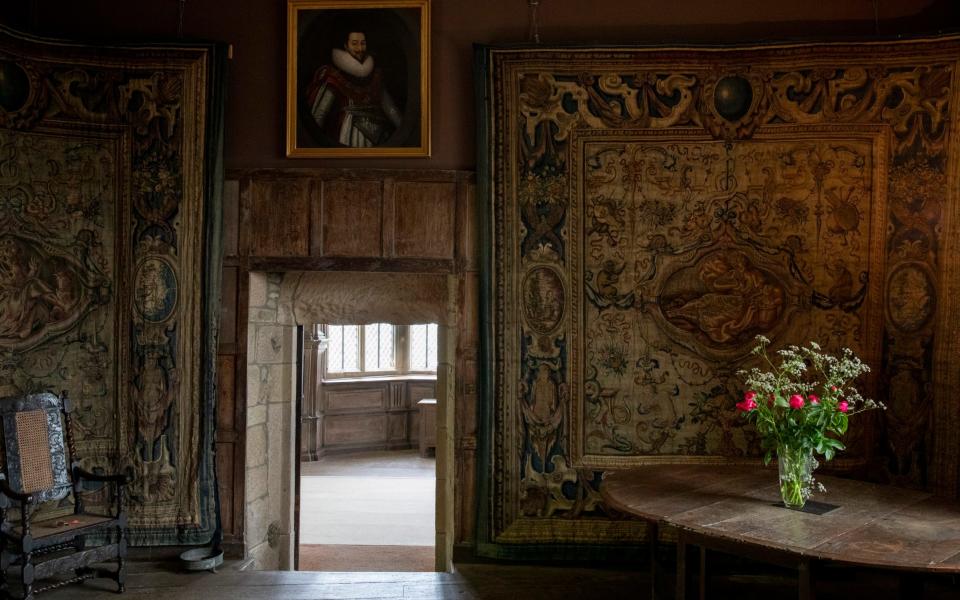

What is inescapable about the building is its extraordinary age.
‘You think: ‘how could this be real, how could this have survived?’ It is very old, and it continues in you, it influences you.”
Medieval markings on the doorways indicate “whether you were allowed through the door [if you were part of the family]or you weren’t [as staff]. If you were illiterate, it was a code,” she says.
As the family went to bed, “we found ourselves naturally drawn to the rooms the family would have used. It’s so amazing – it’s the footsteps of the past that you can’t hear, but you can still follow.”
Some rooms have the feel and smell of a cathedral, the woody, slightly musty but ancient feel that accompanies cloistered and courtyard buildings.
It is so different from Belvoir, that relatively new construction project, high on the hill, visible from miles away. As Lady Edward puts it, “Haddon is so old they didn’t build it for an ego.”
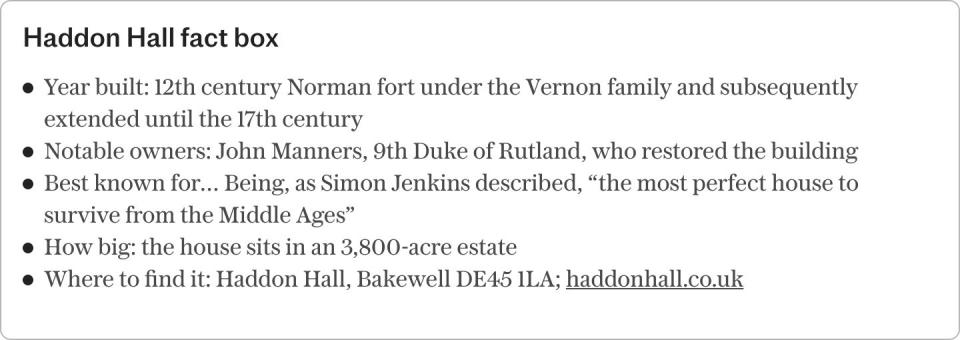

Haddon has been part of the Manners family for 461 years.
It was never sold, having passed only by descent – first through the Vernon family who acquired the estate in 1170 and built the house, and then through the Mannerses, after the heiress Dorothy Vernon married Sir John Manners, second son of Thomas Manners, 1st Earl of Rutland, who lived at Belvoir Castle in Leicestershire in the 1560s.
Despite its long history within one of England’s oldest families, Haddon hasn’t always been the center of the Manners’ universe.
After the Whig politician John Manners, 9th Earl of Rutland, was created Duke of Rutland in 1703, the family moved en masse to Belvoir. They closed Haddon, not to return in a meaningful way until the early 20th century.
Thus Haddon entered his deep sleep.
In the 1920s, Lord Edward’s grandfather John Manners, 9th Duke of Rutland, realized his long-held ambition to restore Haddon as a family home, modernizing it with electricity and running water, building tennis courts and eventually moving in with his family.
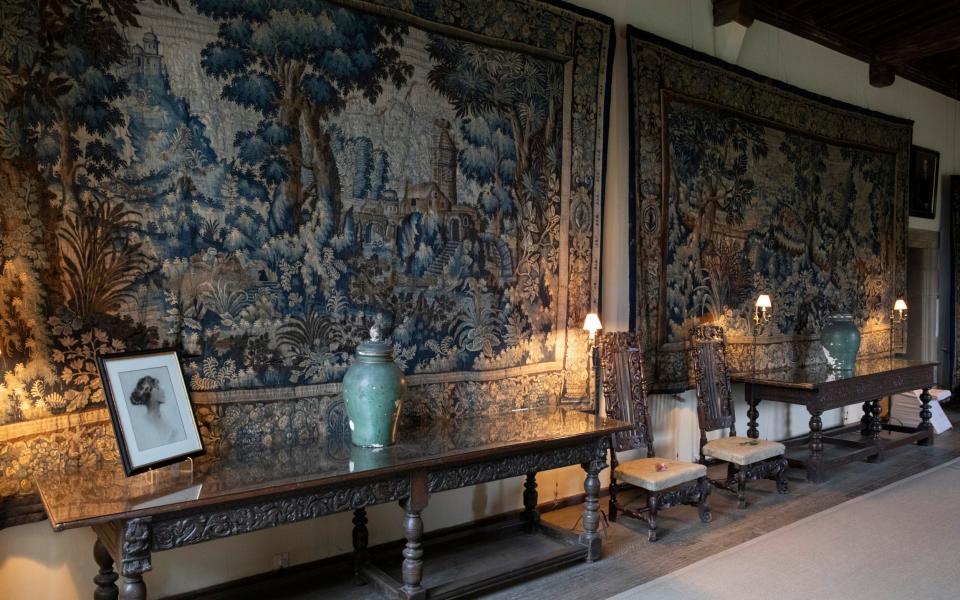

But when he died in 1940 at the age of 53, his 21-year-old son Charles took over.
During the war, both Haddon and Belvoir were used as warehouses by the Public Records Office – a deal negotiated by John Rutland to prevent them becoming barracks and thus destroyed – and Haddon was further mothballed.
During Lord Edward’s childhood, his father Charles Rutland managed both Belvoir and Haddon himself.
Former West Derbyshire MP Matthew Parris remembered the duke as a “fantastically ruthless chairman” of local Conservative Party meetings who “conducted business with smooth courtesy and a steely gaze”.
Charles Rutland was, says his son, ‘a true gentleman, a wonderful man, with great charm and charisma. He was well liked and very easy to get along with.”
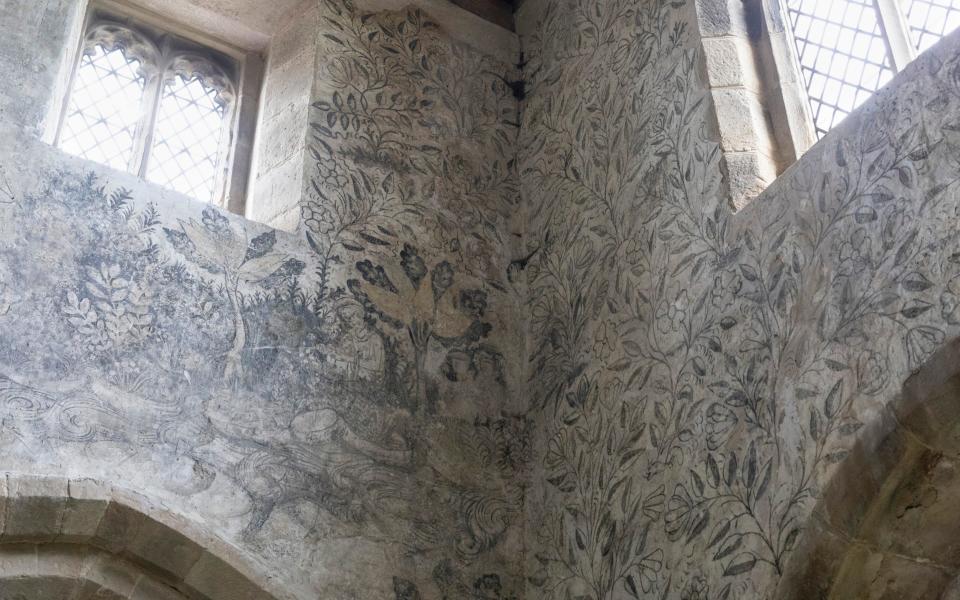

When Charles Rutland inherited the Duchy in 1940, it consisted of two beautiful houses at Belvoir and Haddon, as well as other estates. His younger brother Lord John Manners had the right to use Haddon throughout his life, but the system was imperfect.
“There had been confusion between my father and uncle about Haddon, about what my uncle’s rights here were, what he would pay for, and what my father would pay for,” says Lord Edward.
“That arrangement was quite new at the time. It sort of worked, but it only took one or two bits of pushback [to fall apart] and then there would be a huge argument.
Charles Rutland decided that this would not happen to his sons if he could help it, and agreed that Belvoir and Haddon should part ways.
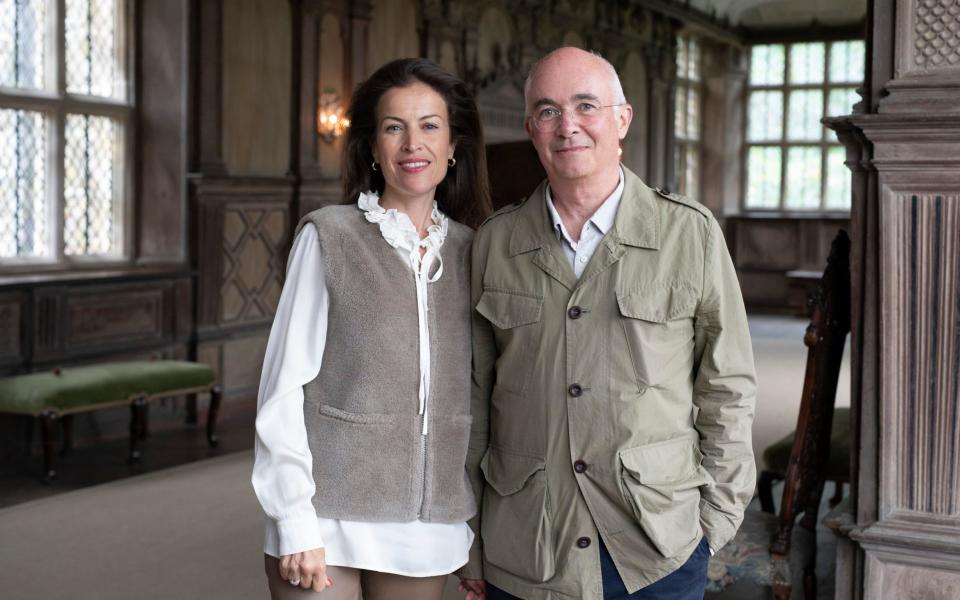

Belvoir would descend the main line and remain with the Duke of Rutland – from 1999 Lord Edward’s elder brother David – and Haddon would become Lord Edward’s.
This is now the case: Haddon is the house of Lord Edward, and it will not return to the dukedom after his death, but instead pass to one of his own children.
In the chapel, where John Rutland discovered the 15th century murals, I get chills – how special they still are today.
John Rutland remains an inspiration to Lady Edward. “When I look back at his work and the notes he wrote, I think of his passion and drive, and what he did in a very short time. It’s probably the driving force behind me here.”